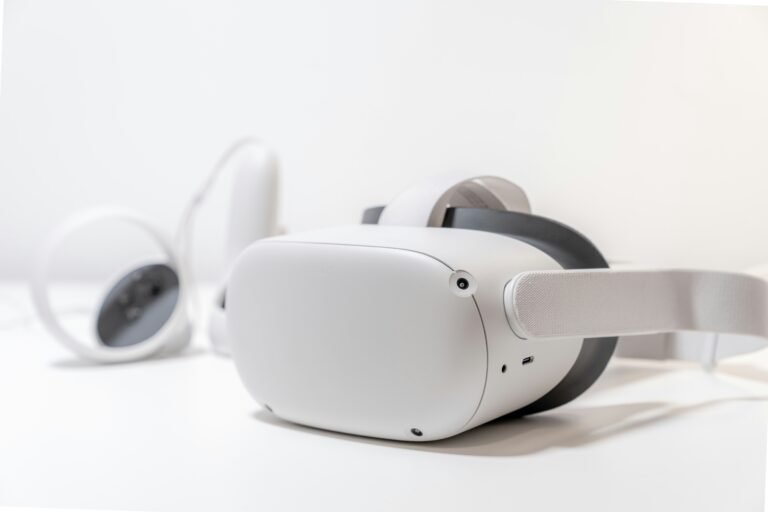
Introduction
In a world where cyberattacks are increasingly sophisticated, assuming your network is safe because it’s behind a firewall is no longer enough. Enter Zero Trust Security, a cybersecurity model that operates on a simple principle: trust no one, verify everyone. Whether it’s an employee logging in from home or a device connecting to a corporate network, Zero Trust ensures every access request is rigorously authenticated and authorized. This article explores what Zero Trust Security is, how it works, its real-world applications, current trends, and its potential to safeguard our digital future, all presented in an engaging and accessible way.
What is Zero Trust Security?
Zero Trust Security is a cybersecurity framework that assumes no user, device, or network—inside or outside an organization’s perimeter—can be trusted by default. Instead, it requires continuous verification of identity, device health, and context before granting access to resources. Unlike traditional security models that rely on a “castle-and-moat” approach (protecting the network perimeter), Zero Trust treats every access attempt as potentially risky.
Core Principles of Zero Trust
- Verify Explicitly: Authenticate and authorize every user and device using multiple data points, like credentials, location, and device status.
- Least Privilege Access: Grant only the minimum access needed for a task, reducing the risk of unauthorized actions.
- Assume Breach: Operate as if a breach has already occurred, minimizing damage by segmenting networks and monitoring activity.
For example, when you log into your company’s email from a new laptop, a Zero Trust system might check your password, verify your device’s security updates, and confirm your location before allowing access.
How Zero Trust Security Works
Zero Trust Security combines technologies, policies, and processes to create a robust defense. Here’s a simplified overview:
- Identity Verification: Users authenticate via multi-factor authentication (MFA), such as passwords plus a code sent to their phone.
- Device Validation: The system checks the device’s health, ensuring it’s updated, free of malware, and compliant with security policies.
- Context Analysis: Access requests are evaluated based on context, like time, location, or unusual behavior (e.g., logging in from an unfamiliar country).
- Access Control: If verified, the system grants limited access to specific resources, often using micro-segmentation to isolate sensitive areas.
- Continuous Monitoring: Activity is monitored in real-time, with anomalies triggering alerts or automatic disconnection.
For instance, a hospital using Zero Trust might allow a doctor to access patient records only from a secure, hospital-issued device, blocking access if the doctor tries from a personal tablet.
Real-World Applications of Zero Trust Security
Zero Trust is transforming cybersecurity across industries, protecting sensitive data and systems.
Corporate Environments
Companies use Zero Trust to secure remote workforces. Google implemented Zero Trust with its BeyondCorp model, allowing employees to access applications securely from anywhere without VPNs, verifying identity and device health for each request.
Healthcare
Hospitals protect patient data with Zero Trust. For example, Mayo Clinic uses Zero Trust to ensure only authorized staff access electronic health records, reducing risks of data breaches that could expose sensitive medical information.
Financial Services
Banks adopt Zero Trust to safeguard transactions and customer data. JPMorgan Chase employs Zero Trust to verify every access attempt to its systems, preventing unauthorized access even if credentials are stolen.
Government and Defense
Governments use Zero Trust to protect critical infrastructure. The U.S. federal government mandated Zero Trust adoption by 2024 for agencies, ensuring secure access to classified systems and reducing risks from insider threats.
Education
Universities implement Zero Trust to protect research data and student records. For instance, Stanford University uses Zero Trust to secure its networks, ensuring only verified devices and users access sensitive academic resources.

Current Trends in Zero Trust Security
As of June 2025, Zero Trust is evolving rapidly, driven by rising cyber threats and technological advancements. Here are key trends:
AI and Machine Learning Integration
AI enhances Zero Trust by analyzing user behavior and detecting anomalies. Microsoft’s Azure AD uses AI to flag suspicious logins, like an employee accessing files at midnight from a new location, triggering additional verification.
Zero Trust for IoT
With the proliferation of IoT devices, Zero Trust extends to sensors and smart devices. Cisco’s Zero Trust solutions secure IoT in smart cities, verifying devices like traffic sensors before they connect to networks.
Cloud-Native Zero Trust
As organizations move to the cloud, Zero Trust adapts to secure cloud environments. AWS and Google Cloud offer Zero Trust tools, like identity-aware proxies, to protect cloud-based applications and data.
Passwordless Authentication
Zero Trust is embracing passwordless methods, like biometrics or cryptographic keys, to reduce vulnerabilities. Apple’s Passkeys, which use Face ID or Touch ID, align with Zero Trust by eliminating traditional passwords.
Zero Trust Network Access (ZTNA)
ZTNA, a subset of Zero Trust, replaces VPNs with secure, per-session access to applications. Zscaler’s ZTNA solutions ensure employees access only approved apps, reducing exposure to network-wide attacks.
Benefits of Zero Trust Security
Zero Trust offers significant advantages:
- Enhanced Security: Continuous verification and least privilege access minimize breach risks.
- Flexibility: Supports remote work and cloud environments, adapting to modern workplaces.
- Reduced Attack Surface: Micro-segmentation limits lateral movement by attackers.
- Compliance: Aligns with regulations like GDPR and HIPAA, ensuring data protection.
- Proactive Defense: Assuming breaches enables faster detection and response.
Challenges of Zero Trust Security
Despite its promise, Zero Trust faces hurdles:
- Implementation Complexity: Transitioning to Zero Trust requires overhauling legacy systems, which can be time-consuming and costly.
- User Experience: Frequent verifications can frustrate users if not streamlined, though modern solutions aim to balance security and convenience.
- Cost: Deploying Zero Trust technologies, like MFA or monitoring tools, requires investment, especially for small businesses.
- Skill Gaps: Organizations need trained cybersecurity professionals to manage Zero Trust systems effectively.
- Legacy System Compatibility: Older infrastructure may not support Zero Trust principles, requiring upgrades or workarounds.
Addressing these challenges involves phased implementation, user education, and leveraging scalable solutions.
The Future of Zero Trust Security
Zero Trust is set to become the standard for cybersecurity by 2030, with transformative potential:
- Universal Adoption: Businesses, governments, and individuals will embrace Zero Trust as cyber threats grow.
- Seamless Security: Advances in AI and passwordless authentication will make Zero Trust invisible yet effective for users.
- IoT and Edge Protection: Zero Trust will secure billions of connected devices in smart homes and cities.
- Regulatory Mandates: More governments will require Zero Trust for critical sectors, ensuring widespread compliance.
Investment in technology, training, and awareness will ensure Zero Trust’s benefits are realized globally.

Conclusion
Zero Trust Security is redefining cybersecurity by eliminating blind trust and enforcing rigorous verification for every access attempt. From protecting corporate networks to securing healthcare and government systems, its applications are vast and critical. As trends like AI integration, passwordless authentication, and cloud-native solutions drive its evolution, Zero Trust promises a future where digital assets are safeguarded against even the most advanced threats. By overcoming challenges like complexity and cost, Zero Trust can empower organizations and individuals to navigate the digital world with confidence, ensuring a safer, more secure tomorrow.



